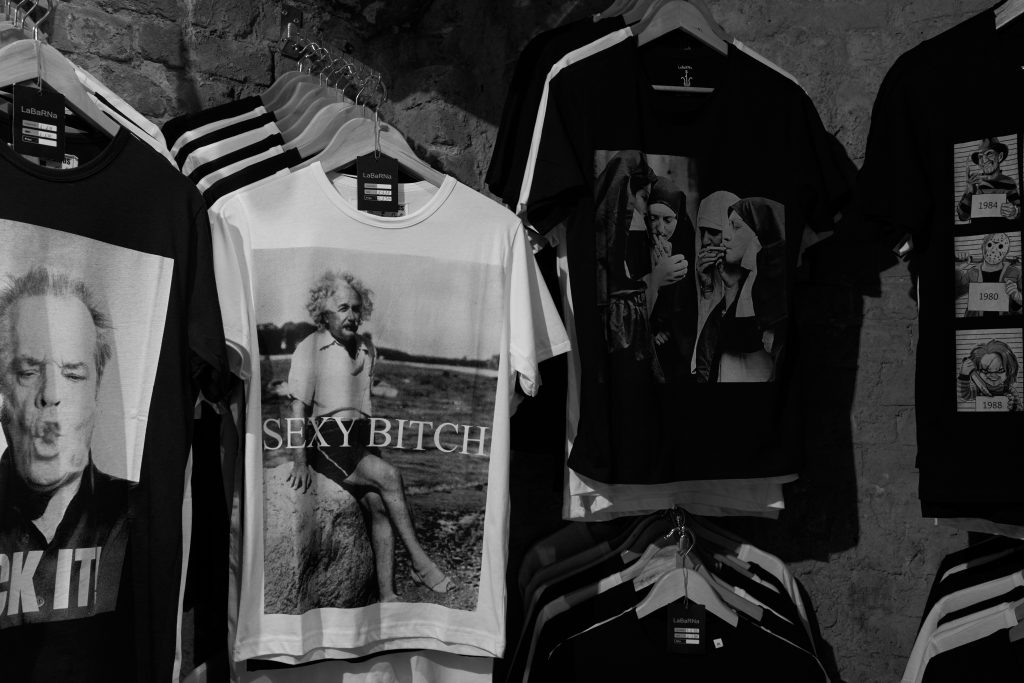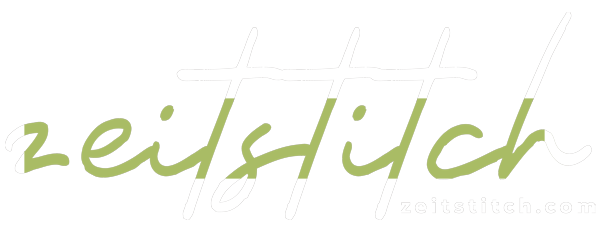How to Start a Profitable T-Shirt POD Business in 2025 (Step-by-Step Guide)

Print-on-demand (POD) is one of the most accessible ways to start an online business today. You don’t need to invest in bulk inventory, and you don’t have to worry about shipping logistics. For many entrepreneurs, T-shirts are the first and most popular product to sell because they are versatile, easy to design, and always in demand.
This guide will walk you through the exact steps to start a profitable T-shirt POD business in 2025. Each step is practical, simple, and focused on helping you avoid common mistakes.
Step 1: Understand What POD Really Is
Print-on-demand means your product is created only after a customer places an order. Unlike traditional retail, you don’t keep stock or spend money upfront.
Here’s how it works:
- You create a design.
- You upload it to a POD platform.
- A customer orders the T-shirt.
- The POD partner prints and ships it directly to the customer.
This model reduces risk but also means you must focus heavily on marketing and branding to stand out from competitors.

Step 2: Choose Your Niche
Trying to sell “T-shirts for everyone” is a quick way to fail. The POD market is competitive, so you need to target a specific audience.
Examples of profitable niches in 2025 include:
- Pet lovers (funny dog and cat T-shirts)
- Eco-conscious buyers (sustainable designs, green messages)
- Fitness lifestyle (gym slogans, yoga themes)
- Pop culture fans (memes, TV quotes, retro trends)
The more specific your niche, the easier it is to build a loyal audience. A T-shirt with a cat wearing sunglasses will connect much better with cat lovers than a generic design saying “Be happy.”
Step 3: Create Simple but Strong Designs
You don’t need to be a professional graphic designer. Many successful POD sellers use simple text-based designs with bold fonts or minimal graphics.
Tips for 2025 design trends:
- Minimalist typography: Clean fonts and short quotes.
- Vintage aesthetics: Retro colors and distressed looks.
- Bold statements: Shirts that express identity or humor.
- AI-assisted creativity: Use AI tools to generate base ideas, then refine them manually.
Remember: the goal is not to make “art for art’s sake” but to make designs that people want to wear in public.

Step 4: Pick the Right POD Platform – Why ZeitStitch
Your platform choice determines product quality, fulfillment speed, and the customer experience. Instead of relying on generic POD services, consider using ZeitStitch, a platform designed for sellers who want both flexibility and brand identity.
Why ZeitStitch?
- High-quality printing: Durable colors and fabrics that customers will love.
- Fast fulfillment: Orders are produced and shipped quickly, reducing refund risks.
- Flexible catalog: From classic tees to premium cuts, you can expand your product line as you grow.
- Integration ready: Easily connect with your Shopify or WooCommerce store.
- Brand focus: Options for custom labels, packaging, and a more professional look.
With ZeitStitch, you get more control over how your products represent your brand, which is key for building long-term success.
Step 5: Build Your Online Store
You can either:
- Sell through a marketplace like Etsy or Amazon (easier traffic but high competition), or
- Build your own store using Shopify or WooCommerce (more control, better for long-term brand building).
For long-term success, owning your store is better because you control customer data, email lists, and branding. ZeitStitch integrates easily with major platforms, making store setup smooth and fast.
Step 6: Market Your T-Shirt Brand
Without marketing, even the best designs won’t sell. Here are simple but effective strategies:
- Social Media: Use TikTok and Instagram Reels to show your shirts in real life.
- SEO Blog Content: Write articles that answer questions like “best T-shirts for dog lovers” or “how to style graphic tees.”
- Influencer Collabs: Partner with micro-influencers in your niche.
- Email Marketing: Build a list with discounts or freebies to encourage repeat buyers.
Consistency is more important than going viral once. Focus on building a steady stream of content.

Step 7: Price Your Products Wisely
Don’t race to the bottom with the cheapest prices. POD costs are higher than bulk manufacturing, so you must balance profit and value.
Example pricing strategy:
- T-shirt base cost: $9
- Shipping: $4
- Your selling price: $24.99
This gives you around $10 profit per sale, which is sustainable for marketing and growth.
Step 8: Test, Learn, and Improve
Your first designs may not be bestsellers—and that’s normal. Successful POD sellers constantly test new niches, new slogans, and new marketing channels.
Use data to improve:
- Track which designs get the most clicks.
- Check which ads convert best.
- Ask customers for feedback.
Think of your POD store as a long-term project, not a quick cash grab.
Starting a T-shirt POD business in 2025 is easier than ever—but it’s also more competitive. The key to success is finding a clear niche, creating wearable designs, and building a brand that connects with real people.
By using a platform like ZeitStitch, you ensure your products are high quality, your customers are satisfied, and your brand stands out in a crowded market.
If you follow these steps and stay consistent, you’ll move far ahead of the many beginners who quit too soon.
